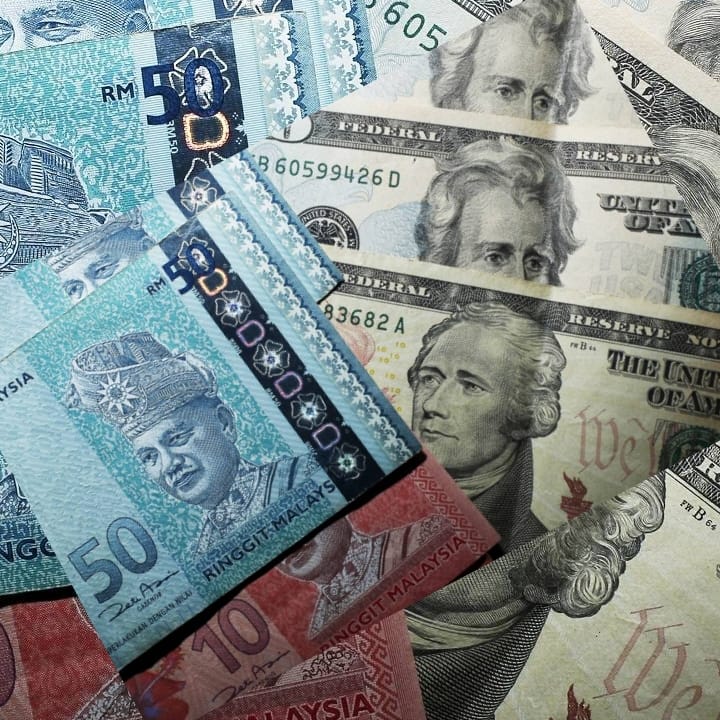WEEKLY MARKET ANALYSIS BY MANOKARAN MOTTAIN
PRIME Minister Datuk Seri Anwar Ibrahim tabled the 12th Malaysia Plan Mid Term Review (KSP RMK12) in the Parliament last week.
The revised KSP RMK12 now comprises of 17 Big Bold measures which comprise of 71 key strategies and initiatives to spur the local economy towards achieving a sustainable, prosperous and high-income nation.
Among the key targets worth noting is an increase of the average GDP growth of between 5.0% - 6.0% per year (revised higher from the earlier target of 4.5% - 5.5% per annum) with annual inflation rate of between 2.8% - 3.8% from 2021 – 2025. Meanwhile the fiscal balance to GDP in % would be progressively lowered from -3.5% to -3.0% in 2025.
In my view, the KSP RMK12 is a good update on the original plan which was drawn up during the COVID-19 pandemic.
I am confident that most of the 71 initiatives will be achieved by 2025 but the implementation of certain measures such as subsidy rationalization exercise must be handled with extreme care as there is absolutely no room for error given the existing cost of living issues faced by the rakyat.

The performance of the local stock market continued to remain sluggish over the past week with the KLCI Index trading well within my expected range of between 1,430-1,475 points as sentiments continued to be dominated by regional and macroeconomic developments.
The KLCI Index only managed to end the week on a positive note thanks to a surge of buying into index stocks late Friday afternoon which most slightly came from foreign institutional equity funds as most of the other regional bourses such as Hong Kong, Singapore and Indonesia also rose towards the end of the week.
I believe that these funds are positioning themselves for a rebound in the region after The People’s Bank of China cut the reserve requirement ratio for all of its banks by 25 basis points from 15 September 2023 to aid the recovery of its economy.
Nevertheless, unless there is follow through buying, I suspect the market will remain at the current levels of between 1,430 – 1,475 points given the lack of major local developments in the coming week.
The 10-year MGS bond yields finally broke out from the 3.75% - 3.85% range and started to move higher to 3.90% level as they tracked the gains from the UST 10-year yields which rose to 4.32%.
I believe that the selling came from foreign fund managers who subsequently moved their monies back overseas which caused the Ringgit to weaken slightly against the US Dollar over the past week.
Given the latest movement in yields, it would seem that the negative yield gap of around 42 basis points between the 10-year MGS and UST is around close to the limit that foreign bond fund managers can accept for now as it is increasingly likely that the interest rate pivot by the US Federal Reserve is being pushed to 2H2024 instead of 1H2024. Therefore it’s performance will likely track the US treasuries in the near term.

The Ringgit performed according to my expectations last week albeit on a weaker note against the US Dollar as foreign funds continue their profit taking.
Nevertheless, fund flows only affect the direction for a short period of time and I believe that RM4.70 is the upper limit for the now and the Ringgit is likely to claw back some of its losses in the near term. As such, I am keeping my expected USD-MYR range of between RM4.60 – RM4.70 in the coming week. - DagangNews.com










